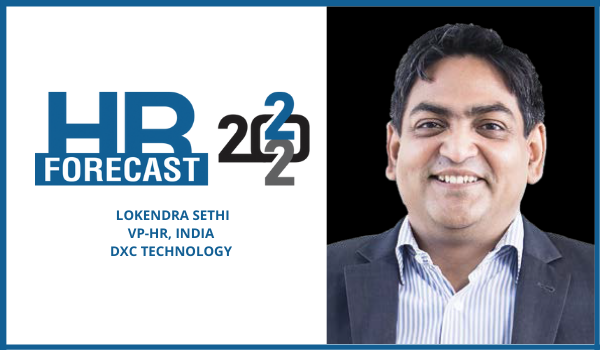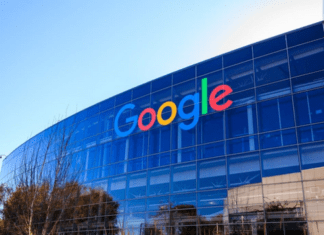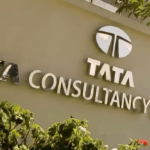A big change in 2022
Amongst the significant shifts in how businesses operate, one of them has been the jump to remote working. From being a luxury, it became a necessity in the past couple of years and will likely become the norm as we move forward. We will see more talent from tier 2 and tier 3 towns enjoying the opportunity to join the workforce, as flexible working continues to make it easier for them without migrating.
HR while managing compliance issues
Progressive organisations work beyond just managing compliances. Instead, they strive to create an engaged workforce, while working within state laws. In 2022, we may see the much-anticipated unified labour code rollout, which, based on early indications, will significantly simplify compliances. Furthermore, as talent boundaries expand due to the current work-from home scenario, organisations must focus on being inclusive in their compliance approach to include flexible working arrangements. Human resources will certainly play a crucial role in that.
Marriage between IT & HR: the new power couple
Human resources and information technology have always been a power couple in successful organisations, and this has only grown exponentially since 2020. Now, with hybrid working models coming into the picture, the need for IT and HR to work closely together will only increase. The more technology influences how employees engage with their jobs, the more crucial it becomes for HR and IT to collaborate.
Instead of dealing only with basic logistic issues in the new normal, IT and HR will together play a critical role in shaping and enhancing the overall employee experience. The two departments can work together to identify ways to leverage data, technology and human intelligence for both proactive and reactive efforts, especially with new-age technologies such as virtual reality (VR) and augmented reality (AR) coming onboard.
The Metaverse, for instance, is being used for customer visits, new joiner speed mentoring, and even get-togethers attended by employees from dozens of countries. This relationship will only strengthen and become a core part of businesses worldwide, in 2022.
Talent acquisition has seen the most automation in its interaction with future employees through the onboarding lifecycle, and this will continue to evolve to build better candidate engagement.
Information technology is also central to employee-engagement programmes The use of immersive technologies will continue to evolve in order to provide a holistic experience to the employees.
Employee learning programmes are also driven by harnessing IT. To achieve sustained engagement throughout the process, companies must invest in retaining the human connection by employing technology and enhancing the roles of HR partners.
“Metaverse will strengthen employee relationship globally”
Change in leadership development programmes in 2022
Organisations require leaders who can lead people, manage change, identify new opportunities, and execute strategy in a changing business environment. As businesses recognise the value of agility in the ever-evolving industry, leadership development for a broad range of managers has become increasingly important. As a result, more organisations are implementing cohort-based blended learning journeys for multiple levels of leadership.
Leadership-development programmes, which have traditionally been designed and executed for classroom experiences will see a lot of innovation following their move to virtual or a combination of virtual and classroom. DXC has been at the forefront in realising this early on, as we all moved to virtual working. We rolled out completely virtual programmes, such as SheLEADS@ DXC, our flagship initiative to support women in their careers and leadership journeys and IGNITE@DXC for first-time managers.
These programmes include a prudent blend of talent diagnostics, virtual workshops, microlearning, and action learning projects to simulate a highly engaging learning experience virtually. I believe organisations will increase leadership involvement and facilitation by internal leaders as it is also a means of demonstrating and living the organisation’s values and growing the next generation of leaders.
Great resignation a disguise of great movement
2021 saw higher than normal employee turnover, largely because of a sudden surge in talent demand due to industry expansion. 2022 will see most organisations focusing more on building organic talent than just buying from outside.
Retaining top talent is always a priority for most progressive organisations such as DXC, and it will be no different in 2022, though we continue to see headwinds. Talent mobility options are at an all-time high and organisation loyalty definitions are evolving. Standard EVPs no longer appeal to everyone, and hence, in keeping with the times, organisations will have to simplify and personalise the EVP for their employees.
Communicating the personalised EVP to the employees will be the key, and technology will be a huge leverage for the same. Organisations will focus on enhancing their employee experience and work on providing a rich and diverse portfolio of learning experiences for employees, creating stickiness.
Value our content... contribute towards our growth. Even a small contribution a month would be of great help for us.
Since eight years, we have been serving the industry through daily news and stories. Our content is free for all and we plan to keep it that way.
Support HRKatha. Pay Here (All it takes is a minute)




































